Close your eyes and think back to those endless summer days when you were young, when the world seemed bigger and possibilities felt infinite. The sounds of the 1970s created the soundtrack to our youth—a symphony of simpler times that modern technology has quietly erased from our daily lives. These aren’t just memories; they’re time capsules that transport us back to bell-bottoms, mood rings, and the sweet freedom of summer vacation.
1. The Metallic Slam of Screen Doors
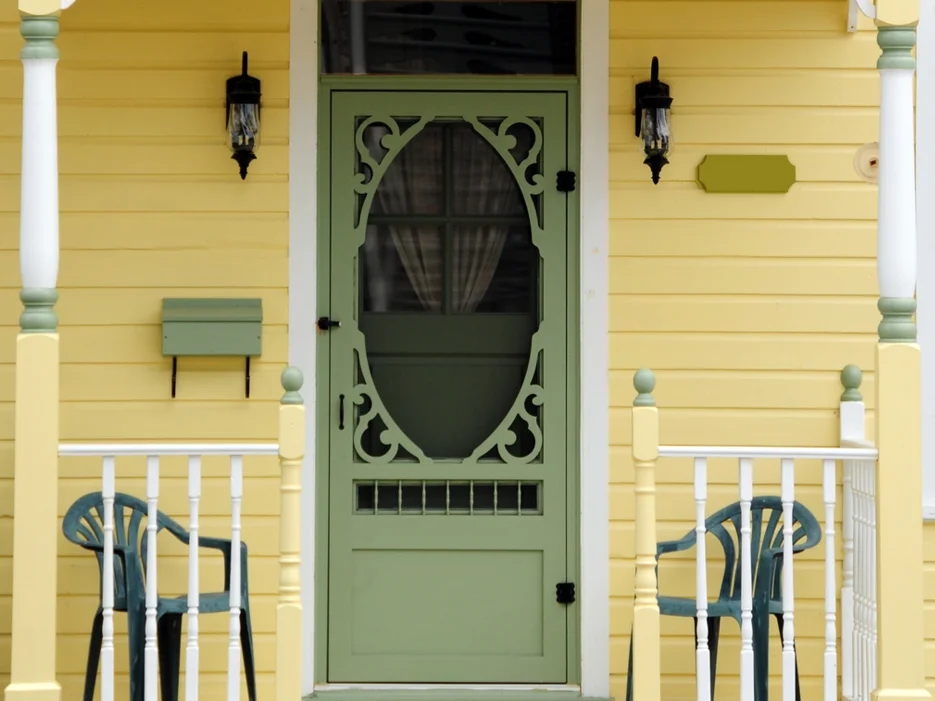
Remember that distinctive bang followed by the gentle bounce as the spring slowly pulled the door back into place? Every house on the block had one, and each had its own unique rhythm and pitch. You could tell which neighbor was coming or going just by the sound of their screen door, and somehow that metallic symphony meant summer had officially arrived.
The screen door wasn’t just functional—it was the percussion section of suburban life. Kids would let it slam behind them as they rushed out to play, earning a sharp “Don’t slam that door!” from Mom inside. But even the scolding was part of the charm, because it meant freedom was just a screen door slam away.
2. The Rhythmic Chunk-Chunk of Lawn Mower Pull Cords
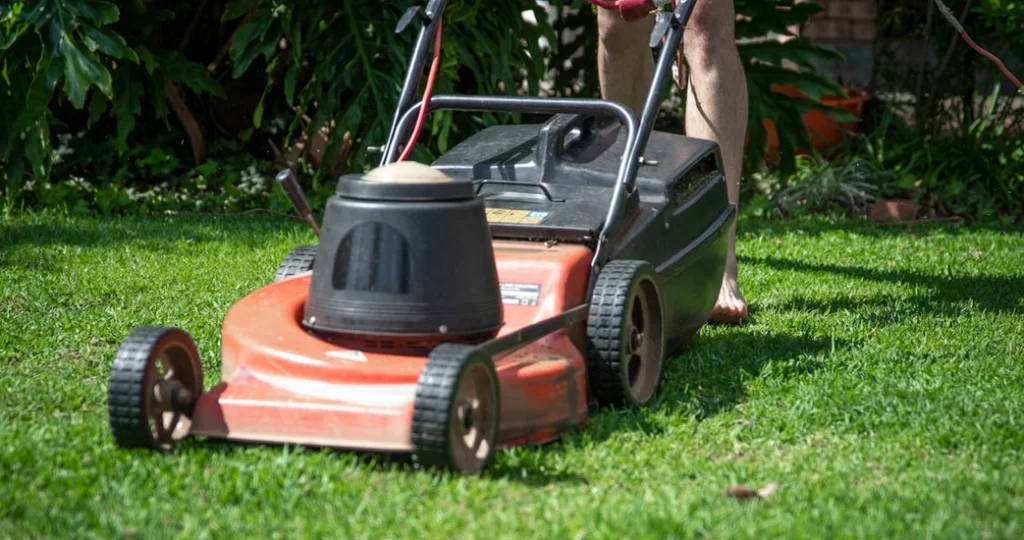
Before electric start engines became standard, starting the mower was a weekend ritual that required patience, persistence, and sometimes a few choice words. Dad would grip that T-handle, give it a hearty yank, and listen for the engine to catch—usually on the third or fourth try. The whole neighborhood knew Saturday morning had arrived when the first mower finally roared to life.
There was something almost meditative about that repetitive pulling sound, followed by the satisfying rumble when the engine finally caught. Each pull was filled with hope and determination, and when it finally started, there was a small sense of victory. Kids would watch from the window, counting the pulls and secretly rooting for Dad to conquer the stubborn machine.
3. The Distinctive Ring of Rotary Phones

That wasn’t just a ring—it was a mechanical bell that demanded your attention and respect. When the phone rang, the whole house knew it, and everyone would pause their activities to see who would answer. The sound had weight and importance because phone calls actually meant something urgent or special back then.
The rotary dial itself created its own music as your finger guided each number around the circle with a satisfying click-click-click. Making a phone call required intention and patience, especially if the number had several 9s or 0s in it. Wrong numbers were an accepted part of life, and “Sorry, wrong number” was a phrase everyone knew by heart.
4. The Gentle Hiss of Garden Hose Sprinklers
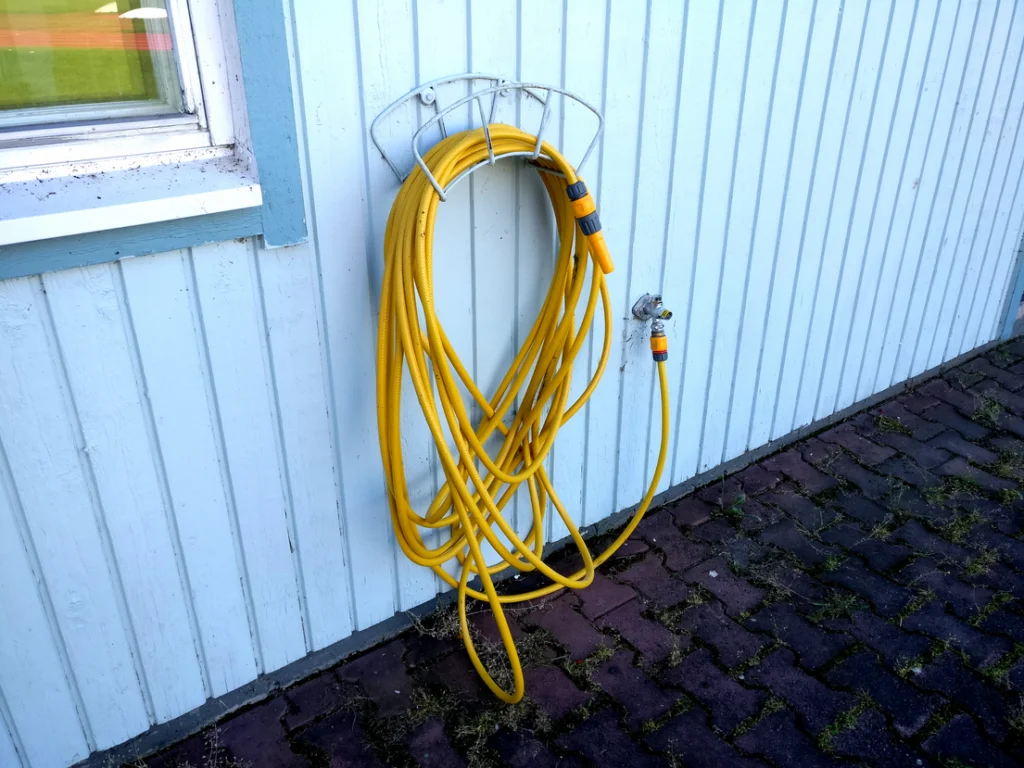
Those old-school sprinklers created a steady, hypnotic whoosh as they fanned water back and forth across the lawn. The sound was pure summer—a promise of cool relief on hot afternoons and the perfect background noise for backyard activities. You could hear them from blocks away, a distant whisper that meant someone was keeping their grass green.
Running through the sprinkler wasn’t just about getting wet; it was about timing that perfect moment when the water would sweep over you. The anticipation built with each pass, and the squeals of delight when the cold water hit were as much a part of summer as ice cream trucks. Even adults would “accidentally” walk through the spray while tending to their gardens, sharing secret smiles with their neighbors.
5. The Whir and Click of 8-Track Players
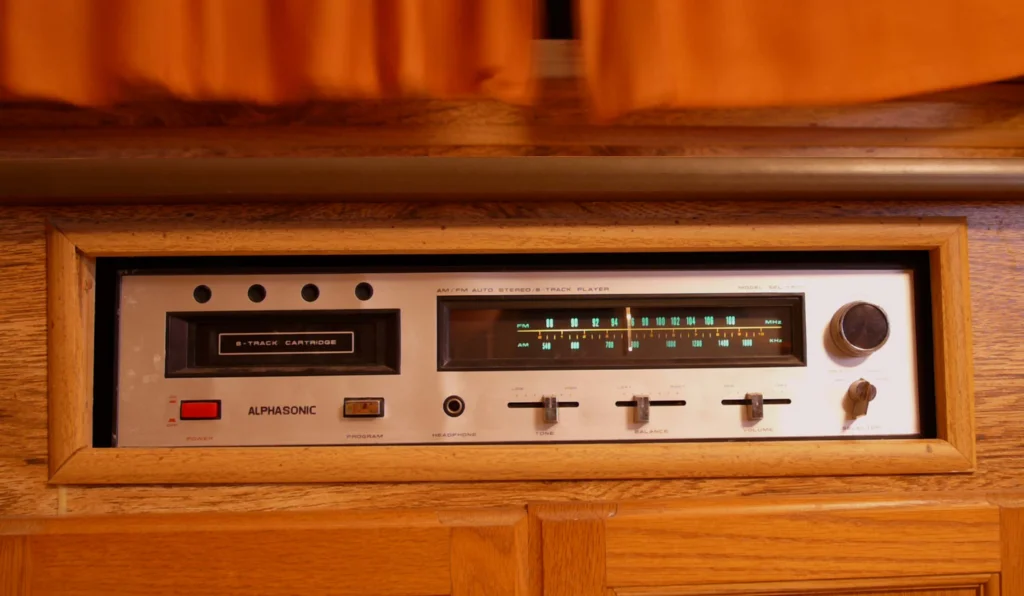
That mechanical ca-chunk when the track changed was like a commercial break in your favorite song, but somehow we didn’t mind. The 8-track player in your car or stereo system had its own personality, complete with occasional warbling and the need for a good whack when it got moody. Each cartridge was a treasure, carefully stored in that foam-lined carrying case.
Car trips meant choosing your 8-track carefully because you’d be listening to those same eight songs for the next 200 miles. The sound quality wasn’t perfect, but it was yours—your music, your choice, your soundtrack to summer road trips. When your favorite 8-track finally wore out, it felt like losing an old friend.
6. The Satisfying Ka-Chunk of TV Channel Knobs

Changing channels was a physical commitment that required getting up, walking over to the TV, and giving that knob a solid turn. Each click represented a decision, and channel surfing meant you were really getting some exercise. The sound was authoritative and final—when you turned that dial, you were changing channels, period.
Saturday mornings, that ka-chunk sound meant cartoons, and everyone in the house knew when someone was hogging the TV. Families actually negotiated viewing schedules, and the person willing to get up and change the channel held surprising power. Remote controls existed but were rare luxuries, making that mechanical click the sound of democracy in action.
7. The Melodic Chime of Ice Cream Trucks

Those weren’t just any musical notes floating through the neighborhood—they were the opening bars of “Turkey in the Straw” or “The Entertainer,” played on actual bells that could be heard for blocks. The music started faint and distant, building excitement as it grew louder and closer. Every kid in the neighborhood could identify their local ice cream truck’s particular melody and approximate its location just by listening.
The panic and joy when you finally heard those chimes was unmatched in childhood experiences. Suddenly, allowance money became the most important thing in the world, and you’d frantically search couch cushions for loose change. The whole ritual—hearing the music, finding money, running outside—was as sweet as the ice cream itself.
8. The Steady Thrum of Window-Unit Air Conditioners
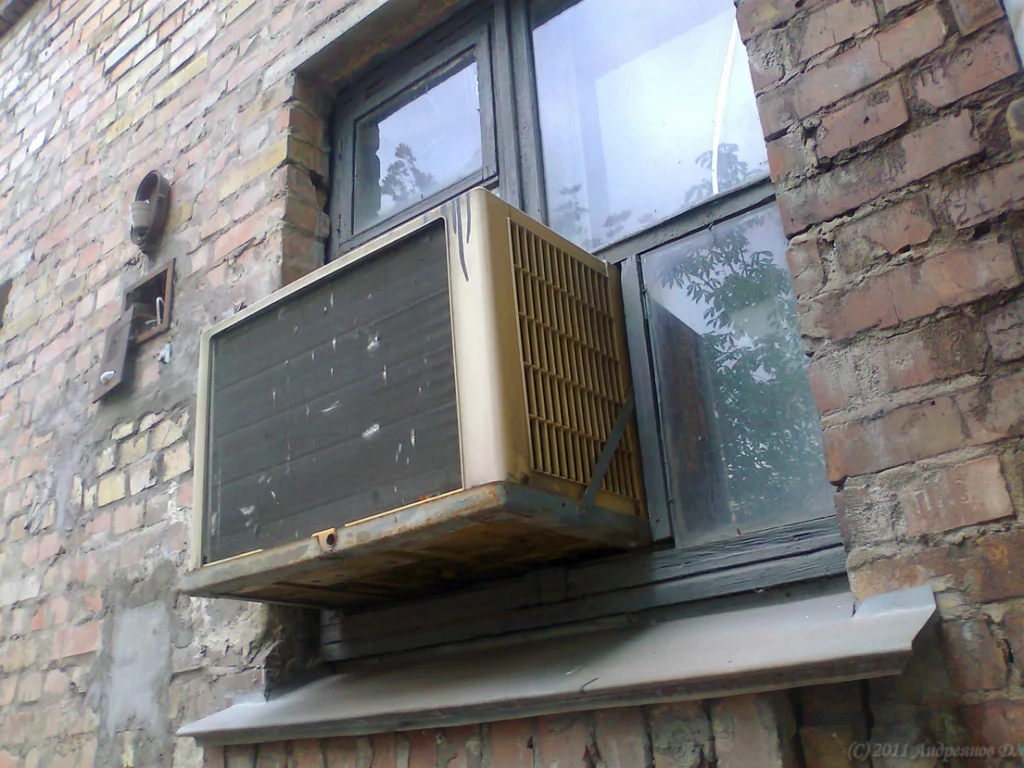
These weren’t the whisper-quiet central air systems of today; these were honest, hardworking machines that let you know they were earning their keep. The steady hum was the sound of relief on sweltering summer days, and many families had just one unit cooling the main living area. Bedrooms stayed warm, but nobody complained because having any air conditioning felt like luxury.
The rhythmic cycling on and off created a familiar pattern that became the white noise of summer. When it kicked on, everyone in the room would sigh with relief, and when it cycled off, you’d count the seconds until it rumbled back to life. Some units had their own personalities—rattling, humming, or whistling—but they were beloved members of the family.
9. The Distinctive Crack of Aluminum Baseball Bats
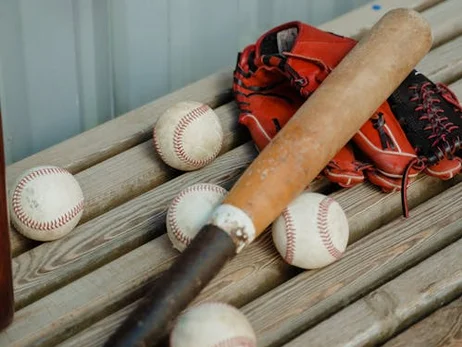
Before composite materials changed the game, aluminum bats produced that sharp, ringing crack that echoed across Little League diamonds everywhere. The sound was different from wood—brighter, more metallic, with a distinctive ping that let you know immediately when someone had made solid contact. Coaches, parents, and players could judge the quality of a hit just by listening.
Backyard games and pickup baseball relied on that sound to signal the excitement level of each play. A solid crack meant everyone needed to pay attention, while a weak ping suggested an easy out. The bat itself became an extension of summer dreams, and every kid knew the sweet spot that produced that perfect, resonant ring.
10. The Rhythmic Swoosh of Push Mowers

Before power took over everything, cutting grass was a quiet, meditative activity accompanied only by the steady whoosh-whoosh of the reel spinning through the grass. The sound was gentle and rhythmic, almost musical, creating a peaceful backdrop to Saturday morning lawn care. You could actually hear birds singing and neighbors chatting while you worked.
Each pass created a satisfying swish as the blades cut cleanly through the grass, followed by the gentle thud as clippings fell behind you. The pattern was hypnotic—push forward, pull back, step to the side, repeat. Finishing the lawn with a push mower felt like a real accomplishment, and the silence when you were done was golden.
11. The Mechanical Clatter of Manual Typewriters
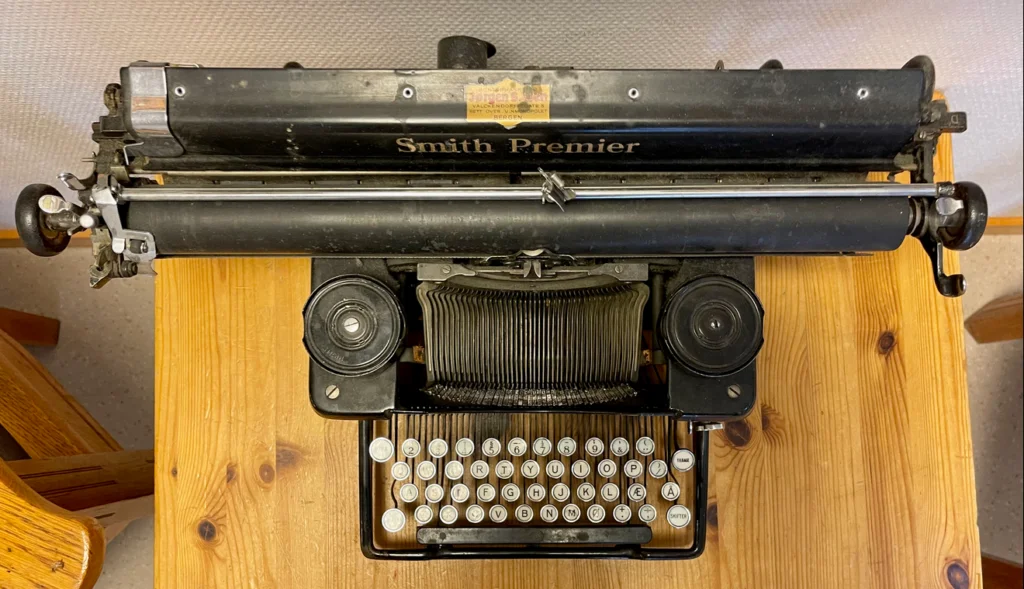
The staccato rhythm of fingers hitting keys created a percussion symphony that filled home offices and dens across America. Each keystroke had weight and permanence—there was no delete key, no spell check, just you and the keys and the hope that you wouldn’t make a mistake. The sound meant serious work was happening, whether it was Dad typing up reports or Mom working on correspondence.
The bell that signaled the end of each line was like a tiny celebration, followed by the satisfying zip of the carriage return. Typing fast enough to create a continuous rhythm was a badge of honor, and the final flourish of pulling the finished page from the roller felt like a victory. White-out and correction ribbon were precious commodities in this analog world.
12. The Gentle Bubble of Percolating Coffee

The morning soundtrack in millions of American kitchens was the gentle blub-blub-blub of coffee percolating on the stove or counter. The sound started slow and quiet, building to a steady rhythm that meant the coffee was nearly ready. You could judge the strength by the frequency of the bubbles and the rich aroma that filled the house.
Timing was everything with a percolator—too short and the coffee was weak, too long and it was bitter. The whole family learned to recognize the perfect moment when the bubbling reached its peak and the coffee achieved that ideal deep brown color in the glass knob on top. It was a daily ritual that brought patience and mindfulness to the morning routine.
13. The Distinctive Whine of Dial-Up Modems
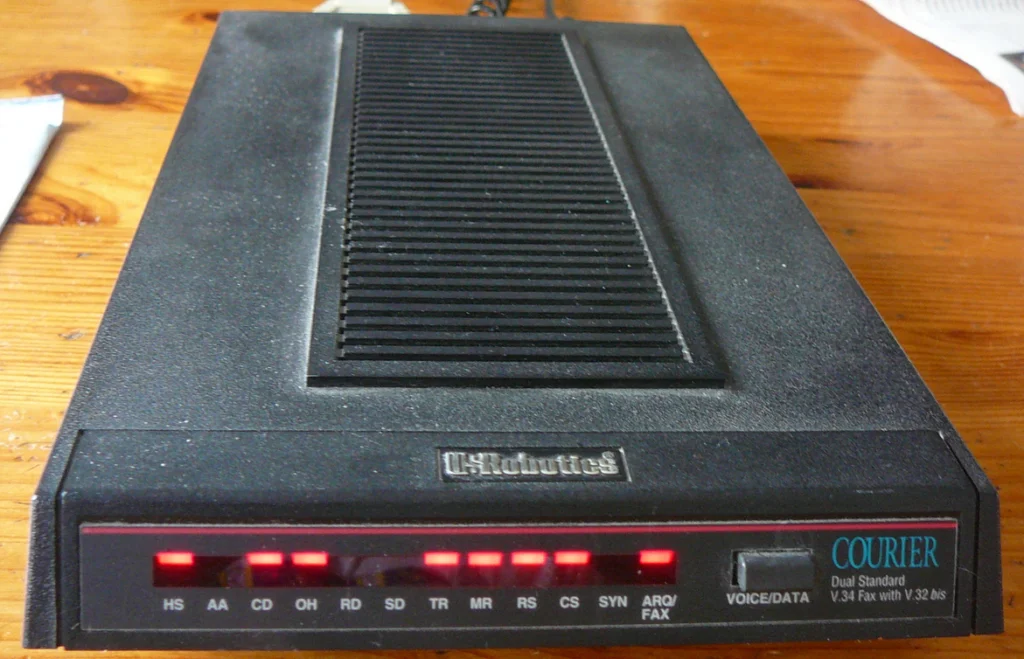
Okay, this one crept in toward the end of the ’70s, but that unmistakable electronic handshake between your modem and the computer network was the sound of the future arriving. The piercing squeals, beeps, and static created a language only machines understood, but it meant you were about to connect to something bigger than your neighborhood. It was exciting and slightly mysterious.
The whole family would hold their breath during those crucial 30 seconds, hoping for a successful connection and praying no one would pick up the phone and interrupt the process. When it worked, that final settling into silence meant you had joined the digital age. When it didn’t, well, you’d try again later and hope for better luck.
These sounds weren’t just background noise—they were the rhythm section of our lives, marking time and creating memories we didn’t even know we were making. Today’s world runs quieter, more efficiently, and arguably better in many ways, but sometimes you just want to hear that screen door slam one more time. The echoes of the ’70s remind us that progress doesn’t always sound like improvement, and some symphonies are worth remembering exactly as they were.
This story 13 Summer Sounds You Haven’t Heard Since the ’70s—But Still Echo in Your Head was first published on Takes Me Back.


